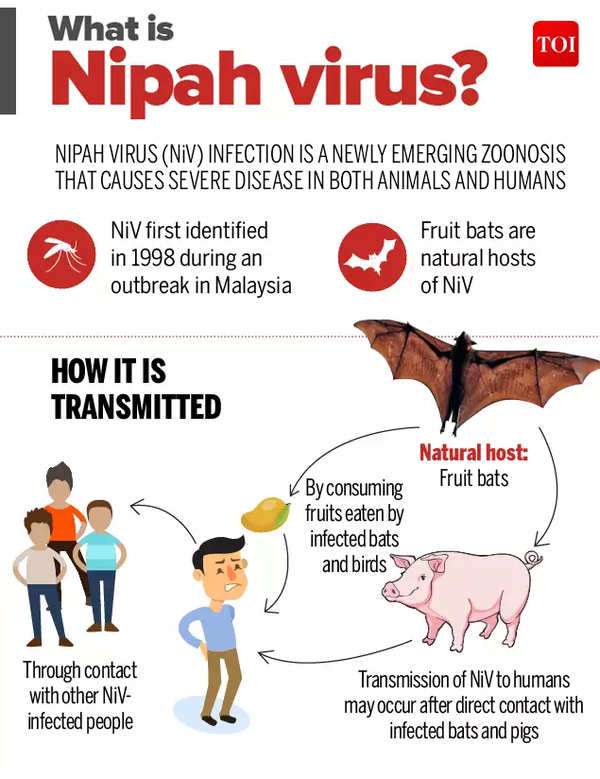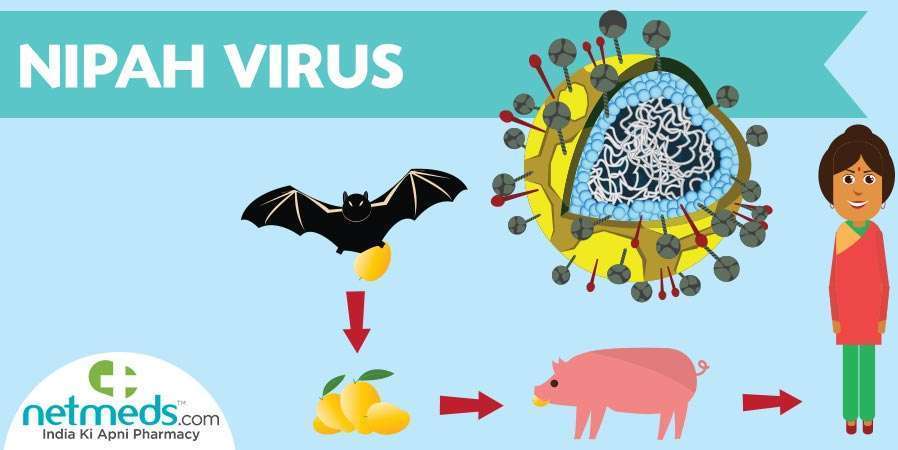Nipah virus – a zoonotic pathogen that can cause severe disease in animals and humans, gained international attention when it first emerged in Malaysia in 1999. This outbreak was a wake-up call, highlighting the potential dangers of emerging infectious diseases that can jump from animals to humans. In this article, we’ll delve deeper into the Nipah virus outbreak in Malaysia, exploring its origins, transmission, symptoms, control measures, containment efforts, ongoing research, and the importance of staying vigilant about zoonotic diseases.
Zoonotic diseases are illnesses that can be transmitted from animals to humans. They can be caused by viruses, bacteria, parasites, and fungi, and can range from mild to severe. Some common examples include rabies, salmonella, Lyme disease, and West Nile virus. It’s important to be aware of the risks associated with zoonotic diseases and to take steps to prevent their spread. This can include practicing good hygiene, avoiding contact with wild or stray animals, and getting vaccinated if necessary
The Nipah Virus Outbreak Origin:
Nipah virus outbreak in Malaysia (1999) was a terrifying ordeal that originated on a large commercial pig farm in Negeri Sembilan. The virus’s likely source was fruit bats, specifically the flying foxes, which serve as natural reservoirs for Nipah virus. These bats shed the virus in their saliva and urine, which can contaminate the environment and lead to infections in other animals, such as pigs.
Nipah Virus Transmission to Humans
The initial news virus to humans occurred through close contact with infected pigs. Pig farmers and abattoir workers were in daily contact with the animals and were particularly at risk. The virus could spread to humans through exposure to infected pigs’ respiratory secretions, urine, or other bodily fluids. Alarmingly, human-to-human transmission was also reported, especially within healthcare settings where proper infection control measures were lacking.
Nipah Virus Symptoms
Infections can manifest with a wide range of symptoms, including fever, headache, dizziness, nausea, and respiratory problems. In severe cases, the virus can cause encephalitis, an inflammation of the brain, which often results in high mortality rates. The disease’s potential to cause severe and fatal outcomes highlighted the urgent need for effective control measures and research.
Nipah Virus Control Measures
Malaysia took swift and decisive action to control the outbreak. Measures included:
- Culling infected pigs to prevent further transmission.
- Implementing stringent biosecurity measures on pig farms to limit the virus’s spread.
- Quarantining affected areas.
In healthcare settings, infection control practices were improved to prevent human-to-human transmission. These efforts were essential in containing the outbreak and preventing its further escalation.
Nipah Virus Containment
Due to the effective implementation of control measures, the virus outbreak in Malaysia was successfully contained within a few months. This achievement showcased the importance of early detection, rapid response, and international collaboration in managing emerging infectious diseases. Although sporadic cases and smaller outbreaks have occurred in the region since 1999, none have reached the scale of the initial explosion.
Nipah Virus Ongoing Research
Nipah virus continues to be a concern in Southeast Asia and Bangladesh, where sporadic outbreaks have been reported. Researchers worldwide are actively studying the virus to understand better its transmission dynamics, ecological factors, and potential for future attacks. Efforts have also been directed towards developing vaccines and treatments for the Nipah virus to reduce its impact on humans and animal
It was a wake-up call to the world, emphasizing the need for vigilance, preparedness, and international cooperation in responding to emerging infectious diseases. While significant progress has been made in understanding and controlling the Nipah virus, ongoing research and surveillance are essential to stay ahead of potential outbreaks. As we navigate the complex relationship between humans, animals, and pathogens, we must remain committed to safeguarding public health and preventing future zoonotic disease outbreaks.









